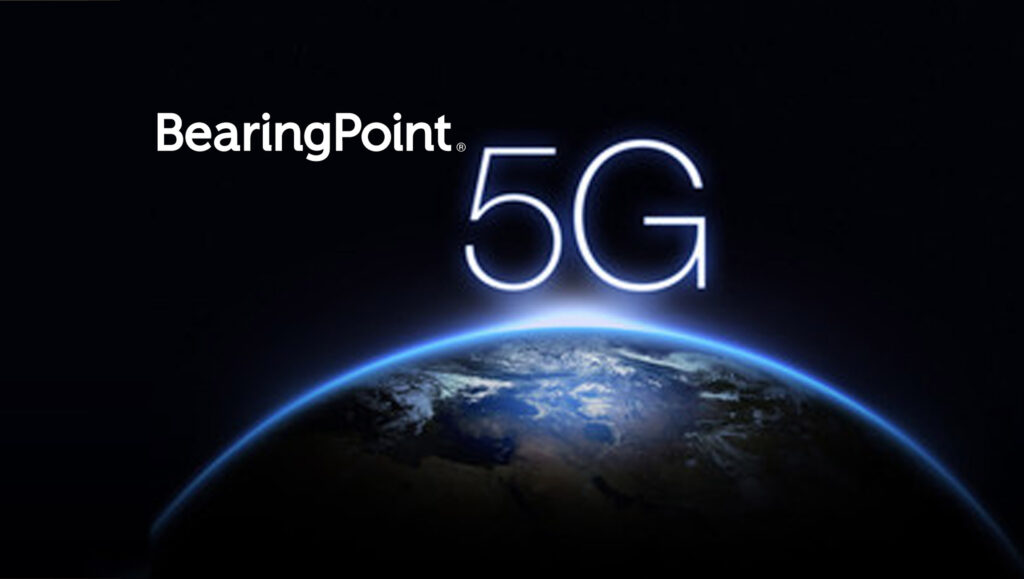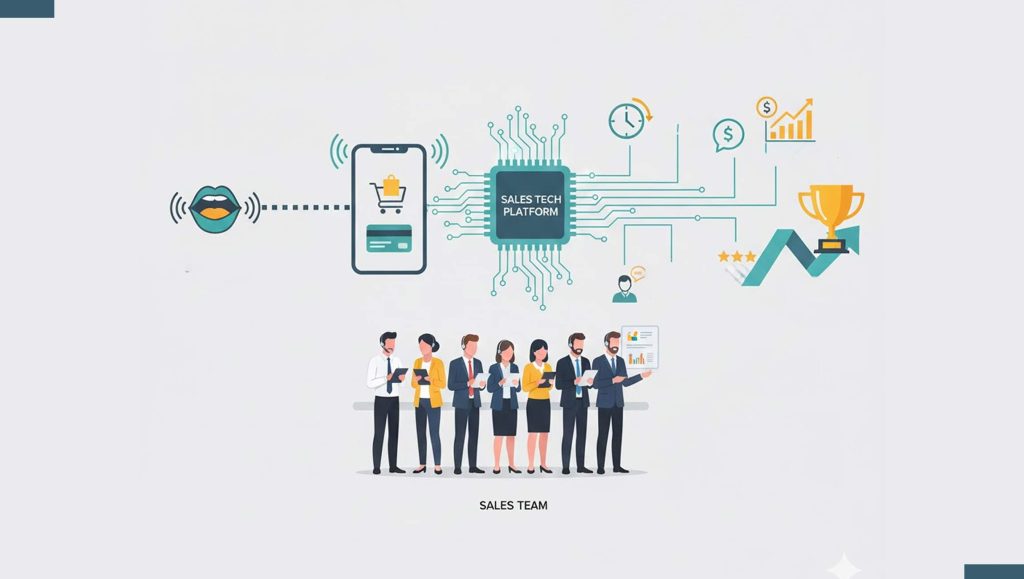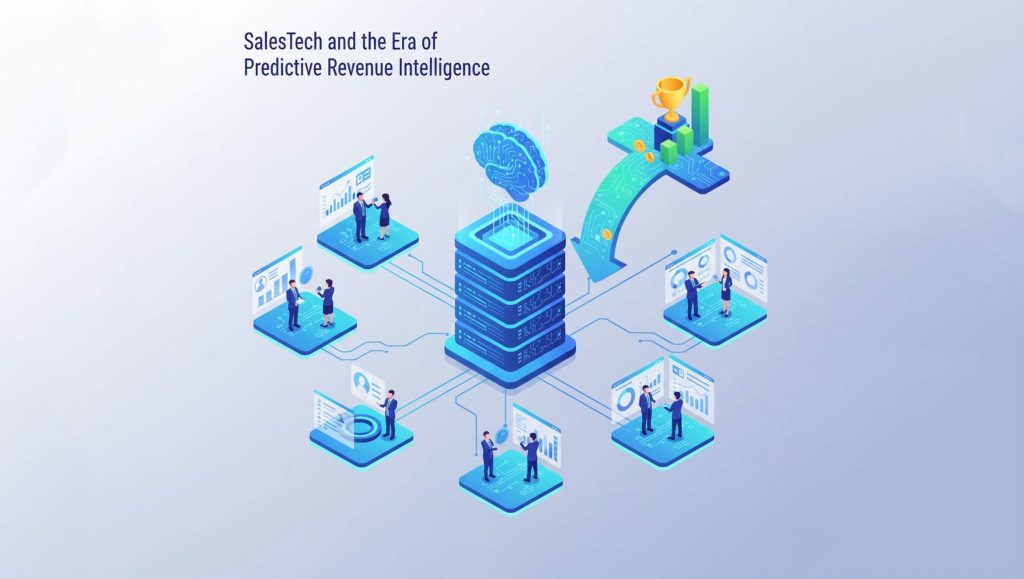One year on, telcos understand the importance of multi-technology solutions and partners ecosystem orchestration but are still too slow to react to enterprise demands
Beyond by BearingPoint, in collaboration with Omdia, today released its annual enterprise 5G report revealing that the share of enterprise 5G deals led by Communications Service Providers (CSPs) has fallen from 21% in 2020 to 16% today. While the number of enterprise 5G projects doubled over the course of the year, and despite telcos recognizing the need for a multi-technology, omni-partner, solution-oriented approach for enterprise 5G, competition from alternative service providers has significantly impacted CSPs share of the market. The study found that CSPs are starting to realize the importance of the enterprise 5G market but must fully commit and put the dedicated resources in place faster if they are to capture the opportunities as they emerge.
Read More: SalesTechStar Interview With Stephanie Lemmerman, CFO At ReCharge

In 2020, the first report Industries and Enterprises are ready to reap the benefits of 5G found that 72.3% of CSPs already believed that most 5G revenues would be derived from B2B, B2B2C, or government/smart city opportunities. But it also found that CSPs were being cut out of the enterprises 5G engagement and the solution building by enterprises and other players in the market. Only 21% of enterprise 5G deals were led by CSPs and in 40% of the deals CSPs were the secondary supplier. 32% were led by enterprises and 7% by alternative service providers.
One year on, CSP thinking has evolved. The study reveals that CSPs now realize that solution-oriented production models also require mastering multiple technologies (such as cloud, edge, AI, Wi-Fi 6 etc) and partnership options to complement 5G networks. According to this year’s report, more CSPs understood the opportunity and started to provide private networks and 5G solutions to the enterprise. However, they are still too slow to react to enterprise demands. In fact, the research shows that in the past 12 months, the number of Enterprise 5G projects doubled while the share of CSPs deals dropped to 16%. On the contrary, alternative service providers such as private networks specialists, ramped up their efforts and operations and outpaced CSPs. Indeed, alternative service providers increased their share of enterprise 5G deals from 7% last year to 27% this year.
The report also looks at the role of CSPs in the ecosystem through the eyes of potential partners such as systems integrators, global vendors and vendor specialists. Surprisingly, all ecosystem players expect CSPs to take the lead on orchestrating different services, technologies, and capabilities and believe there is more to be done by CSPs to capture this role.
Read More: Rasgo Raises $25M To Deliver The Feature Store For Cloud Native Databases And Introduce New…
“CSPs are no longer trapped in their thinking and understand that enterprise 5G is an ecosystem play, which is good news. However, despite developing and launching new strategies and forming partnerships, CSPs failed to move at the speed of enterprise demand. It’s clear that enterprises are eager to adopt 5G solutions and reap the benefits the technology can bring to their businesses but these findings can only lead us to one conclusion: CSPs understand the opportunity, but their determination and speed are lacking,” says Angus Ward, CEO, Beyond by BearingPoint. “CSPs need to stop hesitating and continue to be more collaborative even when they may not be in full control of the product or solution. They must start living up to the expectations that enterprises and partners have of them, experimenting with business models, accelerating testing and monetizing new offerings that are co-created with ecosystems of partners.”
The report emphasizes the need for CSPs to assimilate lessons such as agility, speed and focus from alternative service providers; they must accelerate into the enterprise market and not wait for network slicing, complete 5G coverage, or other 5G capabilities. It also highlights that 5G network design is only one component of enterprise digitalization and that CSPs need to offer additional value to become preferred partners. They must demonstrate more flexibility within their commercial and business models.
“It’s clear the enterprise 5G market is not just about connectivity. CSPs need to prove their prowess in security, network architecture and design and demonstrate commercial creativity to win the trust of enterprises to do more,” says Evan Kirchheimer, Research Vice President, Service Provider & Communications, Omdia. “CSPs have technological assets and expertise. To bring these to life and monetize them in the 5G world they will need to form relationships with new partners and think creatively about what type of partner organization will help them address the enterprise opportunity.”
“Despite the headline figures, we remain optimistic about the ability of CSPs to turn the situation around. The 5G enterprise game is far from over,” continues Ward. “Many global and regional CSPs have now launched 5G enterprise services, still more now understand the need for a multi-technology, omni-partner, solution-oriented and verticalized approach for enterprise 5G. This is really encouraging. But as an industry, CSPs need to move faster, orchestrate ecosystems and fully commit to enterprise 5G in order to capitalise on the opportunity.”
Read More: How To Avoid Tech Issues During A Video Call





















